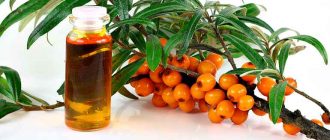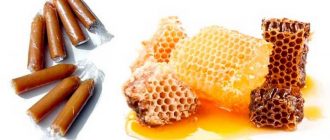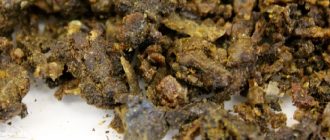Horse chestnut for prostate adenoma is used in folk medicine due to the presence of various beneficial substances in its composition. They improve blood flow in the pelvic organs and also saturate the prostate gland with beneficial microelements, which helps strengthen its immune function. There are various methods for preparing decoctions, tinctures and even dishes with different parts of the plant.
Properties of chestnut
To treat prostatitis with horse chestnut, flowers, bark and, less commonly, the fruits of the plant are used in folk medicine. They include:
- Tiglinic acid.
- Rutin.
- Glycosides, of which Esculin is the most useful for prostatitis and prostate adenoma.
- Saponins, Escin is the most useful.
- Tannins.
- Flavonoids, incl. Kaempferol.
- Fraxin.
The medicinal properties of horse chestnut for BPH are as follows:
- esculin reduces capillary permeability, improves the antithrombic properties of blood, and has an antibacterial effect;
- escin reduces blood viscosity, which improves its circulation;
- eliminates congestion in the circulatory system and pelvic organs;
- normalizes testosterone synthesis;
- saturates the prostate tissue with zinc and iodine, which improves its immune function;
- has anti-inflammatory and antitumor effects.
Treatment of prostate adenoma with horse chestnut rarely has a negative effect on drug therapy, so it can be used in combination. Be sure to consult your doctor about its use.
Contraindications
The use of chestnut may have a negative effect in the following cases:
- with low blood pressure;
- for problems with blood clotting;
- in the presence of an allergic reaction.
Before use, it is advisable to consult with your doctor about the admissibility and advisability of including traditional medicine in therapy.
Recipes with chestnuts
Treatment of prostatitis with chestnut can be carried out in various forms, depending on preferences and the availability of certain parts of the plant. There are various recipes that involve the preparation of decoctions, alcohol tinctures and even edible dishes using it.
The most popular and effective horse chestnut recipes for prostatitis:
- infusion of flowers;
- alcohol infusion from the shell;
- water decoction from the peel;
- recipes with fruits.
Chestnut tincture
This is one of the simplest recipes for adenoma and prostatitis, but it is not always available, but only during the flowering period of the plant:
- To prepare the infusion you will need 3 tbsp. l. dried inflorescences.
- Pour them into a thermos and pour 0.5 liters of boiling water, then let it brew overnight (8-12 hours).
- Pass the resulting infusion through cheesecloth.
- Drink 100 ml of water chestnut decoction throughout the day, conveniently dividing the portions into 3 doses before meals.
- Store the remaining broth in the refrigerator.
- Make a new portion after 5 days, the total course is 10 days, then take a break for 2 weeks.
- If necessary, the reception can be repeated.
Alcohol infusion of chestnut shells
To prepare, take 100 g of shell and grind in a coffee grinder to powder. Pour in 100 ml of vodka and let it brew for 2-3 weeks in a dark, cool place, shaking occasionally. After that, you need to strain the tincture through cheesecloth and get rid of the remaining shells.
Take 10 drops twice a day with water before meals. Continue the course of treatment for no longer than 2 weeks, after which you need to take the same break.
Chestnut peel decoction for prostatitis
It contains less useful substances than flowers and shells, but this recipe is convenient because the material can be prepared over a longer period of the year, although it is better to use young skin. To prepare a water decoction of chestnut for the treatment of adenoma:
- Collect and chop 50 g of peel.
- Fill with a liter of water.
- Bring to a boil, then reduce heat to low until about half of the liquid has evaporated.
- Let it brew for 12 hours.
- Filter and discard any remaining peel.
- You can add 2 tablespoons of honey to the finished broth, this will make it even more healthy and tasty.
- Take 50 g after meals.
- Store the broth in the refrigerator.
- After a week of taking it, you should take a break for at least a month.
Recipe with chestnut fruits
Chestnut nuts for prostate adenoma can be prepared with honey, for this:
- Peel and shell the chestnut fruits and wash. 4-5 nuts will be enough.
- Cook on moderate gas for 30 minutes.
- Cut each fruit into halves.
- Bake for 20 minutes at 160 degrees.
- Grind and mix with 1-2 tbsp. l. honey
This cooking method is not recommended for people who have problems with the digestive system.



